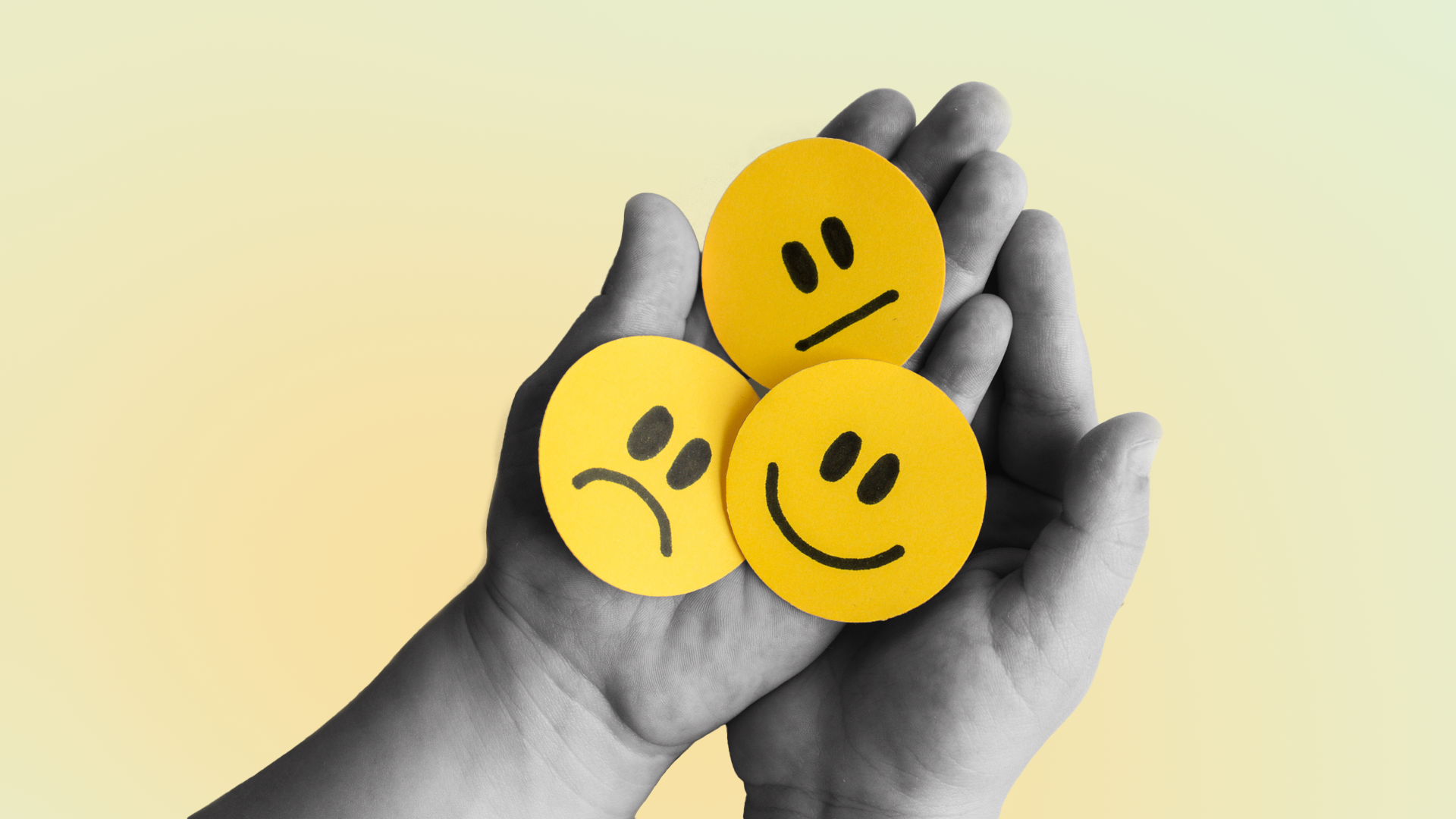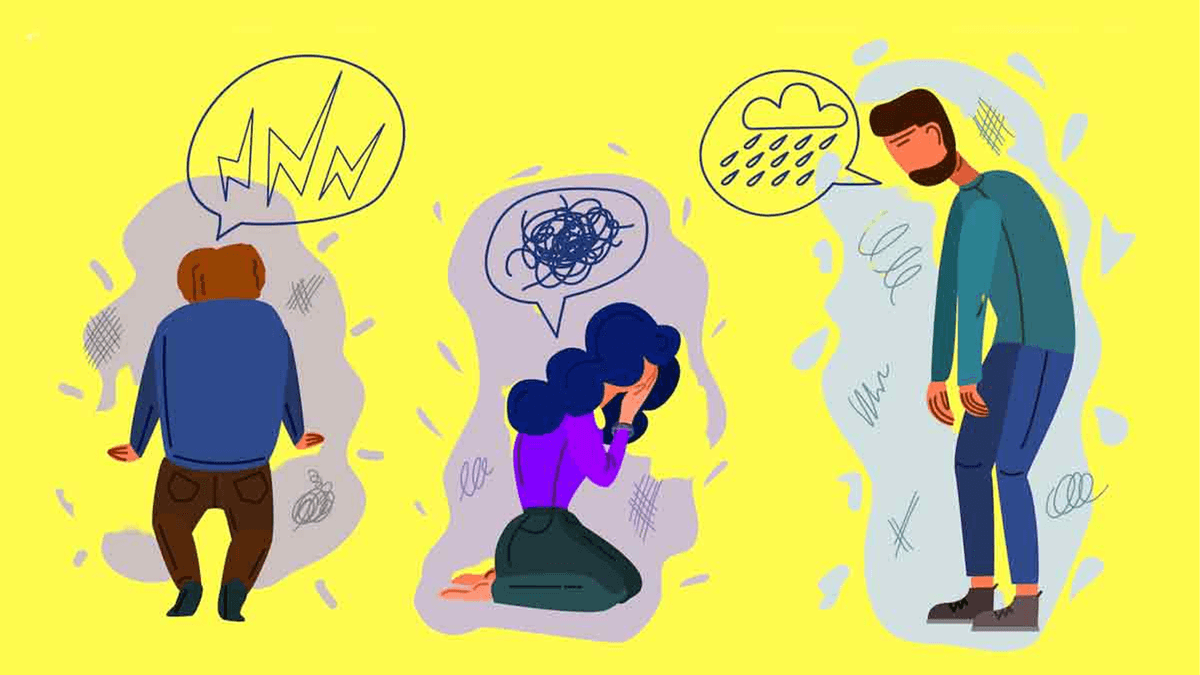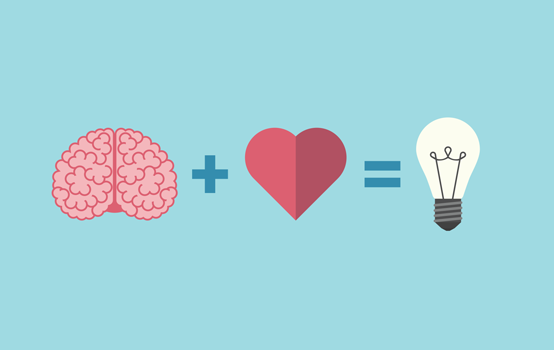The Power of SEL

A new study from Yale found that students in high-quality social-emotional learning (SEL) programs performed up to 8 percentile points better in school, especially in reading.
What's Happening?
Social-emotional learning (SEL) has become a political punching bag. Critics from conservative groups like Moms for Liberty argue that SEL pushes progressive values onto kids. Others say it distracts from 'real' academics. But what happens when we put all that aside and just look at the data?
A new study from researchers at Yale University takes a deep dive into 12 years of SEL research, looking at how over 30 programs affected nearly 34,000 students. The result? SEL works. Students who participated in these programs outperformed their peers by an average of four percentile points on tests and grades. Reading gains were especially strong, over six percentile points, and programs lasting more than four months nearly doubled the academic benefit.
And that’s not all. A companion global report, led by Yale’s Dr. Christina Cipriano and published in 'Child Development', analyzed 424 experimental studies across 50 countries, involving more than half a million K–12 students. It found that SEL not only boosts academic performance but also strengthens school attendance, classroom engagement, and students’ sense of belonging. Students in SEL programs reported lower anxiety, depression, and suicidal thoughts, and higher self-esteem, optimism, and perseverance. These findings confirm what educators have long observed: emotional well-being and learning are inseparable.
Why does this matter? Because learning isn’t just about memorizing facts. When students feel anxious or unsafe, the brain’s stress response limits their ability to absorb new information. Emotional regulation, a key SEL skill, helps calm that response, freeing up mental space for focus and creativity. As Dr. Cipriano explains, 'No matter how good the curriculum or the teacher, if a child is feeling unsafe or embarrassed, they’re not available to learn.' By teaching children strategies like deep breathing, reframing negative thoughts, and goal-setting, SEL makes the mind more receptive to learning.
Many of the most effective SEL models deliver short, frequent lessons like ten-minute daily activities for elementary students or weekly sessions for older ones. Some schools are even embedding SEL into math or reading lessons instead of teaching it separately. The key is consistency and quality. The best programs follow what researchers call the SAFE framework: they are Sequenced (taught in logical steps), Active (students practice, not just listen), Focused (dedicated time and attention), and Explicit (clearly teach specific skills). A 2024 Yale-led review found that SAFE programs had the strongest, longest-lasting effects, often persisting six months or more after the program ended.
Ultimately, SEL is not about ideology, it’s about humanity. It recognizes that emotions shape learning, that relationships fuel motivation, and that feeling safe is a prerequisite for academic success. In the midst of a youth mental health crisis, evidence-backed SEL may be one of the most powerful tools we have to help students thrive—in the classroom and beyond.
Why It Matters
SEL helps students focus, learn, and grow, not just academically but emotionally and socially. Kids can’t learn if they don’t feel safe, connected, or capable of managing their emotions. The evidence shows that teaching empathy and self-regulation is not a distraction from academics, it’s a foundation for them. As schools grapple with rising mental health challenges, SEL offers a bridge between learning and well-being, helping young people build the emotional intelligence they’ll need for life.
?
Why do some people oppose SEL, and how do those arguments compare to the research evidence?
How can SEL be adapted to support different student populations and communities?
What role should parents play in social-emotional education?
How does feeling safe and emotionally regulated impact a student’s ability to learn?
What makes an SEL program high quality—and how can schools tell the difference?
Dig deeper
What is SEL? Social-emotional learning (SEL) is the process of developing the self-awareness, self-control, and interpersonal skills that are vital for school, work, and life success. The creators of Second Step® programs show what social-emotional skills are and the important role they play throughout our lives.
Childhood trauma can affect a person’s entire life, but changing how we respond to others makes a big difference. Caige Jambor explains how SEL changes the question from 'What’s wrong with you?' to 'What happened to you?'
Related

Understanding Triggers
Triggers aren’t just reactions, they’re messages from our past asking to be understood.

Body Language & Tone: Saying More Without Words
Did you know that most of what you say doesn’t come out of your mouth? From eye rolls to slouched shoulders, your body and tone speak volumes—sometimes louder than words.

Feelings & Conflict: Understanding Emotions in Disagreements
Conflict isn’t just about facts—it’s about feelings. Big emotions like worry, anger, and fear can shape how we respond in a disagreement. Understanding these feelings is the first step to handling conflict in a healthier way.
Further Reading
Stay curious!
